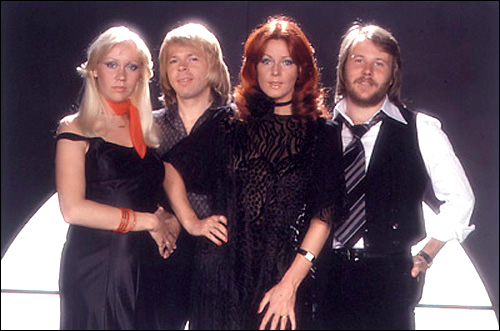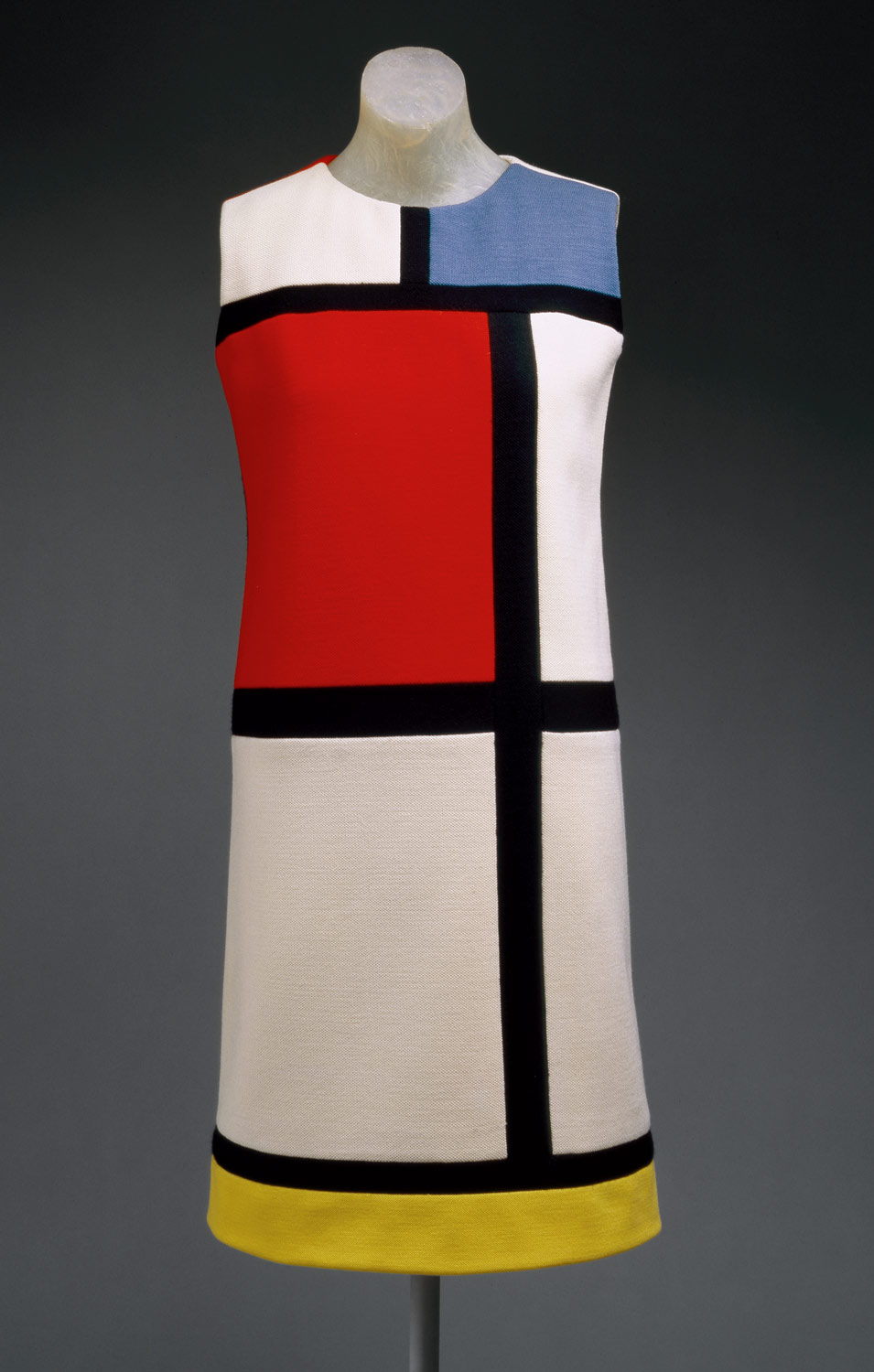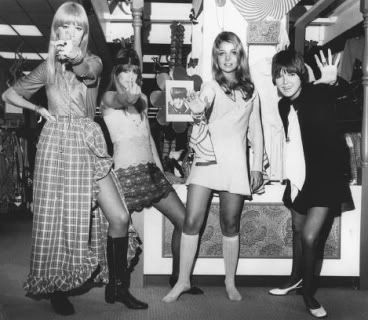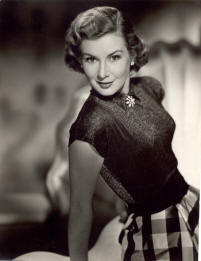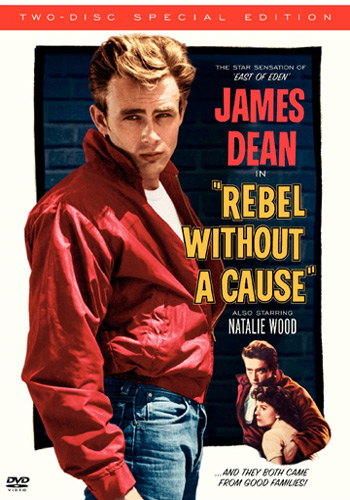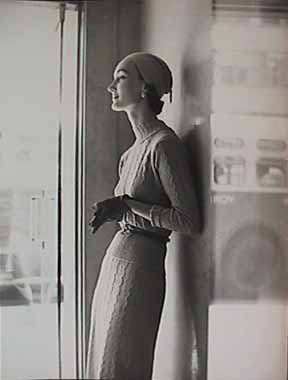Clothing of 1970s'
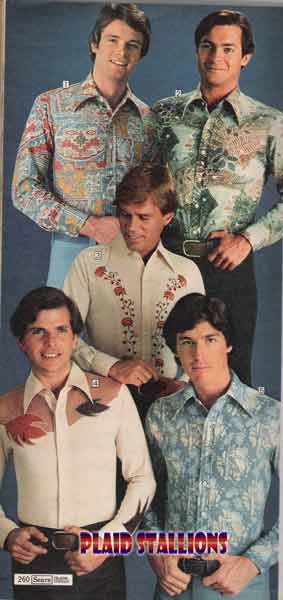
The 1970s were literally the “anything goes” decade. For some, the uglier and clunkier the fashion, the better. For others, soft and feminine was the answer. No matter what you “dug” though, making a fashion statement reached its apex in the 1970s.
The 1970s were an intensely tumultuous time, with various cultures and subcultures coming out into the open at once. Cynicism abounded as militant feminism, Civil Rights, the Watergate scandal, and the Vietnam War brought gritty reality to the forefront. These influences gave designers new ammunition, and the public was eager for the latest fashion wave.
The idealism of the 1960s had long since disappeared into the wind. There were increasing anxieties about global pollution and the exhaustion of the earth’s natural resources. The 1970s had seen war in the Middle East, the war in Vietnam had ended, there was corruption in the highest levels of American government with Watergate and Nixon’s resignation, an oil crisis, and the Khmer Rouge in Cambodia had turned its fertile land into killing fields. There was a daily diet of the world’s troubles brought into the homes of the West through television.

Movies and television shows such as Charlie’s Angels were having an increasingly profound affect on fashion. Cultural icons such as Wonder Woman created a lust for interesting boots-often teamed with hot pants or short skirts. Boots might be shiny, textured, bejeweled, or covered with psychedelic or floral designs, but they were seldom boring.
Dressing to shock was popular, and the Punk and Glam movements took it to an extreme. Designers pushed the envelope by decorating shoes for adoring-and outrageous-customers such as Elton John, David Bowie, and Cher. Designers took platform shoes to new heights, building 7- to 8-inch stacked heels and covering them in rhinestones, sequins, and other adornments.

This era’s fashions are also frequently marked by designers such as Givenchy, Norell, and Oscar de la Renta. The 1960s trend of mini skirts, bell bottoms, and long hair, lasted through this decade. Polyster knitted fabrics broke the ground to expand the continuing look. If you didn’t wear polyster, the preferred textile was denim blue jeans. Skirts came in three lengths in the 1970s, mini, midi, and maxi. Television and film reflected the way people dressed such as Annie Hall and Saturday Night Fever. The latter half of the decade’s fashions were heavily influenced by glam Rock ‘n’ Roll and Disco music.

Speaking of shoes, Nike debuted in 1972; the result of a fateful bit of ingenuity meeting a waffle iron. Running became a popular pastime, and running shoes were a functional necessity, especially for men (and Farrah Fawcett – see ‘Charlie’s Angels’!) The athletic craze was only just beginning though (see the 80s).
Not only did Nike hit the scene in 1972, but David Bowie’s alter ego Ziggy Stardust came out…..in a big way. According to Bowie, the name “Ziggy” came primarily from the title of a London tailor’s shop (called “Ziggy’s”) that Bowie observed from a train one day. In an interview he said that it was his private joke that because Ziggy Stardust was going to be largely about clothes, he had named him “Ziggy”. But I digress….with a wham, bam thank you ma’am, GLAM was suddenly all the rage, on both sides of the pond. Boys borrowed girls’ boas, blouses, slinky shirts and sometimes even their makeup. Bands like the New York Dolls had followings bigger than Elvis and it was hard to tell the girls from the boys! Fashion was all over the place by this point and in 1975 there was the natural romantics (think Gunne Sax), the earth mothers (think earth shoes and chukka boots), and now it was the girls turn to try out the boys’ style.

Diane Keaton, Woody Allen’s chanteuse in the neurotic 1977 venture movie ‘Annie Hall‘, was very much unlike other leading ladies in one all-important area-this lady looked like a man (fashion-wise only of course). Men’s shirts, ties, fedoras you name it. In the late 70’s, women’s lib was breaking free from the chains of old-fashioned female constrictions. There was a collective gasp in the late 60’s when girls donned ‘boys clothes’ and wore pantsuits outside the house, but this&ldots; this was outright stealing from their father’s closet! That wacky Annie wore men’s blazers, baggy pants, vests, oversized shirts, ties and floppy hats-sometimes all at once, or sometimes just a men’s jacket was an accessory.
Popular 70s Trademarks: Feathered hair, bell bottoms, short shorts, mopeds, disco and glam, roller skating, 8-track tapes, puka beads, – mini, midi and maxi skirt lengths, movie Thank God It’s Friday, movie Roller Boogie, movie Saturday Night Fever, movie Grease, chukka boots, STUDIO 54, Pet Rocks, Star Wars, Wacky Packs (trading cards), KC & the Sunshine Band, ABBA, arena rock, David Bowie, Boston, Kansas, Styx, fringe, angel flights (pants), Happy Days & Laverne and Shirley (TV shows)

FashionEra.com
Wikipedia
Costume Gallery
1970s Fashion
More 1970’s
1970’s icons
David Bowie
Elton John
Cher
ABBA
The Rolling Stones



